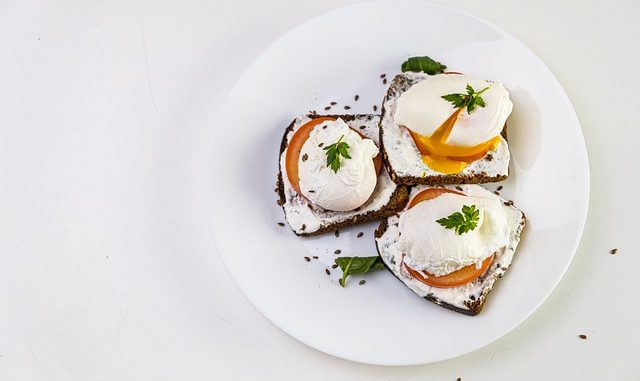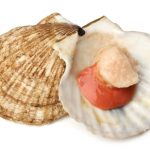
Perfect poached eggs are delicious with their perfect yellow yolks nestled amongst a white lake of protein. We like them in a full English breakfast with hash browns, tomatoes, sausages and bacon. Where would we be without a slightly broken yolk for an Eggs Benedict or for laying salmon on top as it nestles in an avocado half on toast.
Cooking them is an art and they’re much harder to prepare than we care to admit.
Our recipe developer knows that this is one dish that is difficult to achieve without the right equipment and the best eggs available.
There are a number of tricks to achieving success:-
Freshest Eggs
You need the freshest eggs available. The older the egg the more runny the white. When it hits boiling water, those egg whites spread out. As the egg gets older, the whites become ever more runny so it means that they spread out more. We’ve all seen poached eggs with stringy egg white and it’s not wrapping itself neatly around that ideal yellow runny yolk.
Those aged eggs cannot be wasted – they make excellent fried, soft-boiled and hard-boiled eggs so never let them waste.
Acid In Water
A couple of drops of lemon juice or vinegar helps to firm up the egg white and so it tends to tear and shred less in the boiling water. Dropping the pH slightly causes the albumin to thicken and become less soluble as it precipitates in the water. The forming up process should be quicker which means that the whites have less chance to spread. I also think that it allows for slightly older eggs to be used.
A Good Deep Pan With Simmering Water
To get a tear-drop perfect poached egg means a good deep pan of boiling water. Stock pots are good and need to be almost at the brim. Delia Smith used to advise us to set up a whirlpool and drop the eggs in but that turbulence just breaks the egg white further. With a deep pan, the egg white envelops the egg yolk as it falls through the water. It creates a particular shape which looks more like a white covered snooker ball. Using a shallow pan means a poached egg that it flat.
The water should also be simmering too -not a rapid airy bubbly boil. Bubbling water easily tears the whites and even the yolk so just bring it to the boil and then turn the heat down to a simmer. Some bubbles help break the fall of the yolk as it drops to the bottom of the pan.
A cold egg produces a stronger shape than one at room temperature. It is down to the yolk cooking more slowly in the simmering water.
Use a ladle to spoon out the eggs. I know people like poachers and they do work but they have the look of a factory made egg. Hope you enjoy your perfect poached eggs.


Leave a Reply